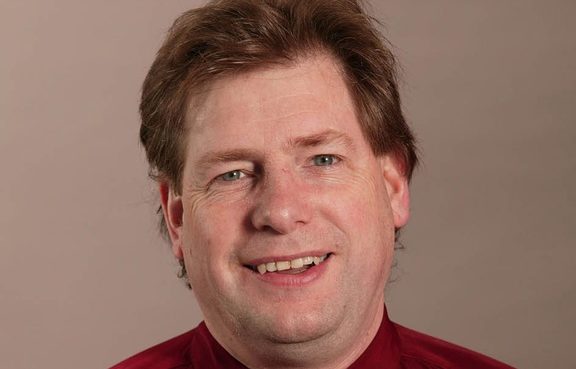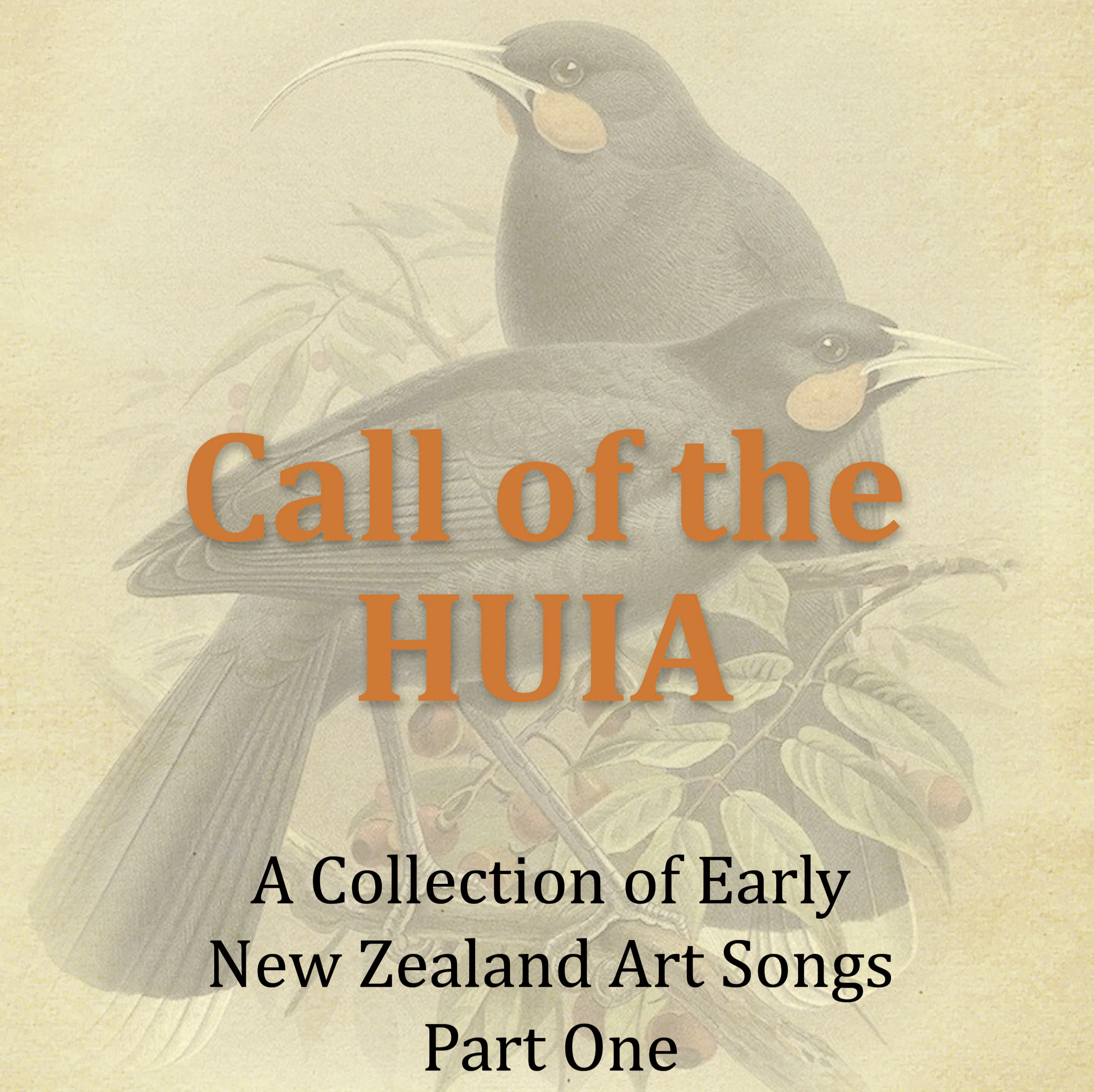 Composer and conductor Michael Vinten has researched and compiled a new collection of pre-1950 New Zealand art song, with support from the Lilburn Trust and Prof. Jack C. Richards. Call of the Huia, the first volume, is now available in hard copy and PDF together with CD and MP3 recordings.
Composer and conductor Michael Vinten has researched and compiled a new collection of pre-1950 New Zealand art song, with support from the Lilburn Trust and Prof. Jack C. Richards. Call of the Huia, the first volume, is now available in hard copy and PDF together with CD and MP3 recordings.
How did this project come about? What inspired you to do this?
Two Parts - 1) curiosity & 2) singers and teachers saying they need more NZ repertoire. I initially thought of it a few years ago, inspired by Gillian Bibby’s book of NZ piano music, but it wasn’t the right time for me. Last year, however seemed to be the perfect time and I applied to the Lilburn Trust and was lucky enough to be given some money to begin the project.
Who are these collections aimed at?
The collection is thus aimed at singers and singing teachers - singers from senior students up to professionals. I want to put a collection together that people will want to explore and sing. In talking to younger singers I think there is an increased desire on their part to explore beyond the ‘main stream’. The last thing I wanted to do was produce an ‘academic’ volume of songs. I hope I’ve chosen songs that will appeal to singers.
Where and how did you find these songs?
A lot of these songs are in the National and Alexander Turnbull Libraries for which the Music Librarian, Michael Brown, was a huge help. I also found others in the Hocken Library in Dunedin, Musical Heritage New Zealand Trust, and private collections. There are published songs long out of print (and copyright) and many that have never been published before. Often I was going down one path to discover other interesting pathways.
What insights did you gain about the songwriting of the time in New Zealand?
There was always an active music writing and publishing culture in New Zealand, and I’ve been surprised by just how far NZ composers music went - published in England (of course), Australia (of course), but also the US, France, Germany and Italy. ’Serious’ composers often had music performed at gatherings with other composers, and there were, particularly in the 1930s, many competitions which encouraged song writing. Because of this there were a large number of women composers, many published, and most highly musically trained.
Who were some of these composers? Did they fall into any particular categories?
To my mind, they fall into three categories
1. Men who came to NZ to take up professional music positions, like university teachers, organists and conductors and other performers (William Thomas, Bernard Page, John Maughan Barnett, Moses Hamilton Hodges, Claude Haydon) or refugees (Paul Schramm, Richard Fuchs)
2. NZ born men for some of whom music was a hobby and who went on to pursue ‘proper’ careers (Alexander Aitkin, Arthur Fieldhouse, Harold Findlay) but others who left NZ to pursue music careers overseas (Warwick Braithwaite, Arnold Trowell)
3. Women (Alice Mackay, Doris Prentice, Beatrice Tombs, Maewa Kaihau, Te Rangi Pai, Mary Brett, Amelia Lelievre-Lee)
Each category accounts for a third of the total - no conscious decision on my part.

What were your criteria for inclusion? Were there any kinds of songs that you excluded?
I tried to find songs that broadly fitted into the category of ‘Art Song’ which require some technical competence on the part of the performers, not that these composers necessarily thought of themselves writing ‘Art Song’ though. I excluded patriotic songs, war songs (although there are songs about war), songs about fairies! and I wanted to be careful about songs written by Pakeha composers which appear to appropriate Maori themes.
Did anything surprise you about the music you were finding?
How good most of them are on their own terms, but also how conservative NZ music remained, particularly during the 1930s and 40s. One of the frustrations, however, was having the titles of some songs but being unable to find them. This leads me to suspect that as much as we have, there is a substantial loss of material too. Also, another frustration was not being able to find a history for some of the composers and poets.
Why are these songs important?
I think they open up a whole part of our NZ musical heritage that we’ve forgotten about. I’ve realised that NZ music can be divided into ‘before Douglas’ and 'after Douglas’. This isn’t just a musical phenomenon, it happened across the arts in NZ, basically pre-WW 2 music was erased, sometimes not without good cause, but I believe we’ve only had a partial idea about our heritage. As I said, the process was begun by Gillian Bibby and this is another step. There’s still so much more to be discovered!
